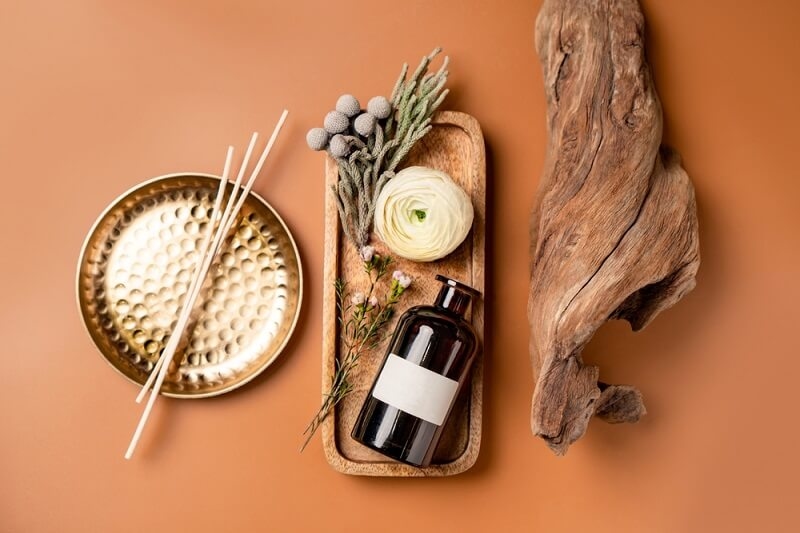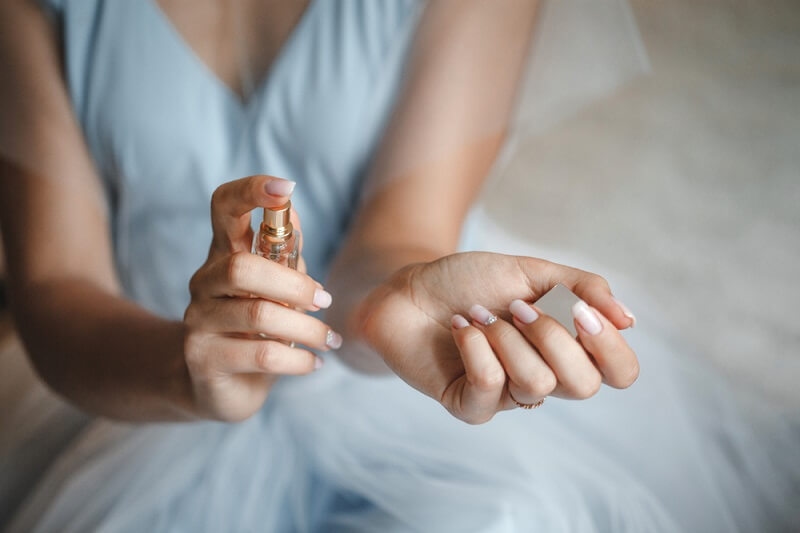
If you’ve ever fallen in love with a perfume at the store but found it smelled completely different a few hours later, you’re not imagining things. Perfume is alive in a way. It moves. It transforms. The scent you first breathe in is not the same scent you’ll smell later in the day. And that’s not a flaw—it’s the magic of fragrance. But to truly understand why, we have to dig into perfume notes explained in plain, real-world terms.
Perfume is like music. It’s made of different layers, each playing at a different time. Those layers are called top, middle, and base notes. Together, they create a journey on your skin that changes from the first spray to the final whisper hours later. The art is in how those notes blend and shift.
The moment you spray a perfume, the first thing you notice are the top notes. They’re light, bright, and often fresh. Think citrus, light herbs, or airy florals. These are the scents that grab your attention instantly. But here’s the thing—they don’t last long.
Top notes are made of small, volatile molecules that evaporate quickly. That’s why the lemony sparkle or the green crispness fades within 15 to 30 minutes. And that’s perfectly fine—they’re designed to hook you in, not stick around all day.
Once the top notes fade, the middle notes (also called the heart notes) step forward. This is where the personality of the perfume really comes alive. Florals like rose or jasmine, spices like cinnamon, or soft fruits often live here.
Middle notes last longer than the top notes—usually a couple of hours. They smooth the transition between the bright opening and the deep base, giving the fragrance its true character. If the top notes are the hello, the middle notes are the conversation.
Hours after that first spray, when most of the initial sparkle has gone, the base notes take over. These are rich, deep, and grounding—woods, musk, vanilla, amber, leather. Base notes are built from heavier molecules that evaporate slowly, meaning they can linger on your skin for 6, 8, even 12 hours.
They anchor the fragrance, adding warmth and staying power. When someone catches a whiff of you in the evening, it’s usually the base notes they’re smelling.
Perfume changes because it’s not a single, flat scent—it’s a carefully timed release of aromas. Those molecules don’t all evaporate at the same rate. Add in factors like body temperature, skin type, humidity, and even what you’ve eaten, and you’ve got a recipe for change.
This is where top middle base notes really matter. A fragrance can feel fresh and crisp at first, turn sweet and floral in the middle, and finish warm and smoky at the end—all because of how those layers unfold.
Here’s a little secret: perfume is chemistry in a bottle. The different ingredients—natural oils, synthetic molecules, fixatives—are chosen not only for their smell but for how they interact over time.
Lighter molecules in the top notes lift off your skin first. Medium-weight molecules hang around in the middle. Heavy, oily molecules in the base cling for hours. Perfumers design these layers so the scent evolves naturally rather than collapsing into something flat.

Perfume isn’t just about the liquid—it’s about you. Your skin chemistry plays a huge role in how a fragrance smells.
If your skin is dry, perfume may fade faster because there’s less oil to hold onto the scent molecules. Oily skin can make scents last longer. Your body’s pH and even diet can tweak the smell. That’s why your best friend’s signature scent might smell completely different on you.
You’ve probably seen those paper strips at perfume counters. They’re fine for a quick sniff, but they don’t tell the whole story. Paper doesn’t have heat, oil, or natural scent the way skin does. A perfume might smell sharper, sweeter, or warmer on your body than on paper.
If you’re shopping for a new fragrance, wear it on your skin for at least a few hours before deciding. Let the full fragrance composition guide unfold. What you smell after 15 minutes isn’t what you’ll smell at the end of the day.
Understanding perfume layers isn’t just about enjoying your scent—it can help you choose fragrances that fit your lifestyle.
Want something that feels energizing in the morning but soft and romantic by night? Look for fresh citrus top notes that fade into floral hearts and deep, musky bases. Prefer something that stays crisp and clean all day? Seek out perfumes with lighter bases and fewer heavy ingredients.
Perfumes often contain fixatives—ingredients that slow the evaporation of volatile molecules, helping the scent last longer. Natural fixatives include resins like benzoin or labdanum, while synthetic ones are created in labs. Without fixatives, your perfume might vanish in an hour.
Here’s the fun part—watching how perfume evolves on skin as you go about your day. Morning meetings might smell like the bright top notes. Afternoon coffee breaks bring out the heart notes. By evening, the deep base notes settle in.
This natural progression can actually work to your advantage. It’s like wearing multiple scents in one, without changing your perfume.
Perfume behaves differently depending on the weather. Heat makes scent molecules evaporate faster, so summer fragrances can feel more intense but fade sooner. Cold weather slows evaporation, making base notes last even longer. That’s why people often choose lighter, fresher scents in summer and heavier, spicier ones in winter.
Perfume is sensitive. Sunlight, heat, and air can break down its molecules, changing the scent over time. Store bottles in a cool, dark place, ideally in their original box. Keep the cap tightly closed to slow oxidation.
And no, that bottle from five years ago probably doesn’t smell the way it did when you bought it. Even the best perfume evolves in the bottle, though high-quality blends age more gracefully.
One big myth is that top notes are the “real” scent and everything else is filler. In reality, each layer is carefully chosen to balance the others. Another myth is that perfumes with strong base notes last forever—true, they last longer, but even they fade eventually.
Once you understand how perfumes change, you can match them to your day. If you’re going to an evening event, you might want something with richer base notes that last into the night. For a quick lunch date, a fresh top-note-heavy perfume can be perfect.
Knowing how perfume changes saves you from buying something you love for five minutes but hate after an hour. You can also predict how it will fit into your life—whether you want a fragrance that evolves dramatically or one that stays consistent.
Perfume isn’t just a smell—it’s a journey. From the bright hello of the top notes, through the warm heart, to the lingering base, each stage tells part of the story. Understanding this makes you a smarter, happier wearer and helps you pick scents that truly fit. Once you’ve experienced the shift from start to finish, you’ll never test perfume the same way again.
Perfume is alive on your skin. Let it change. That’s where the beauty is.
This content was created by AI